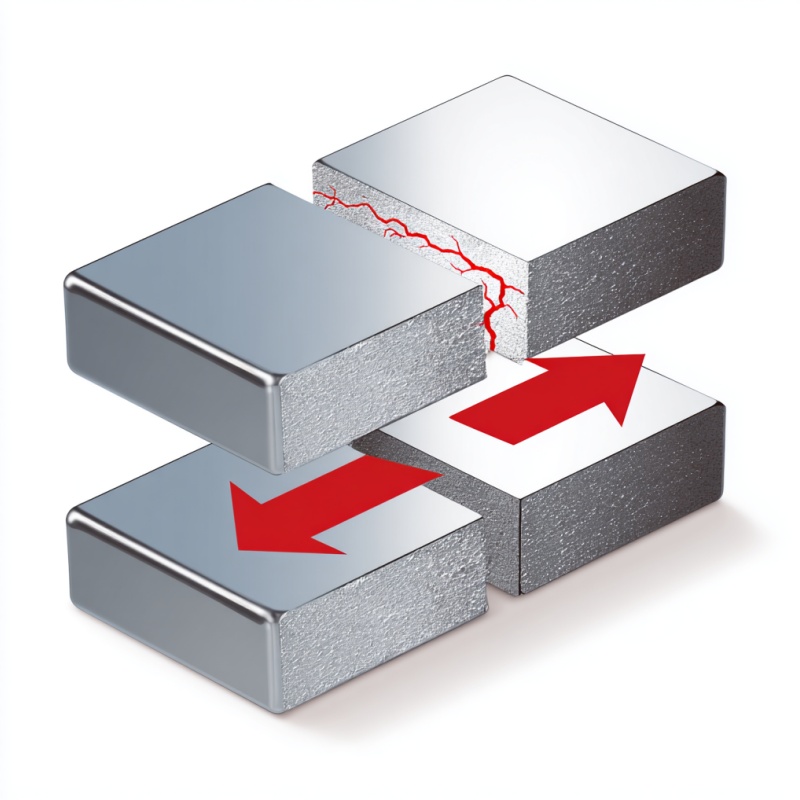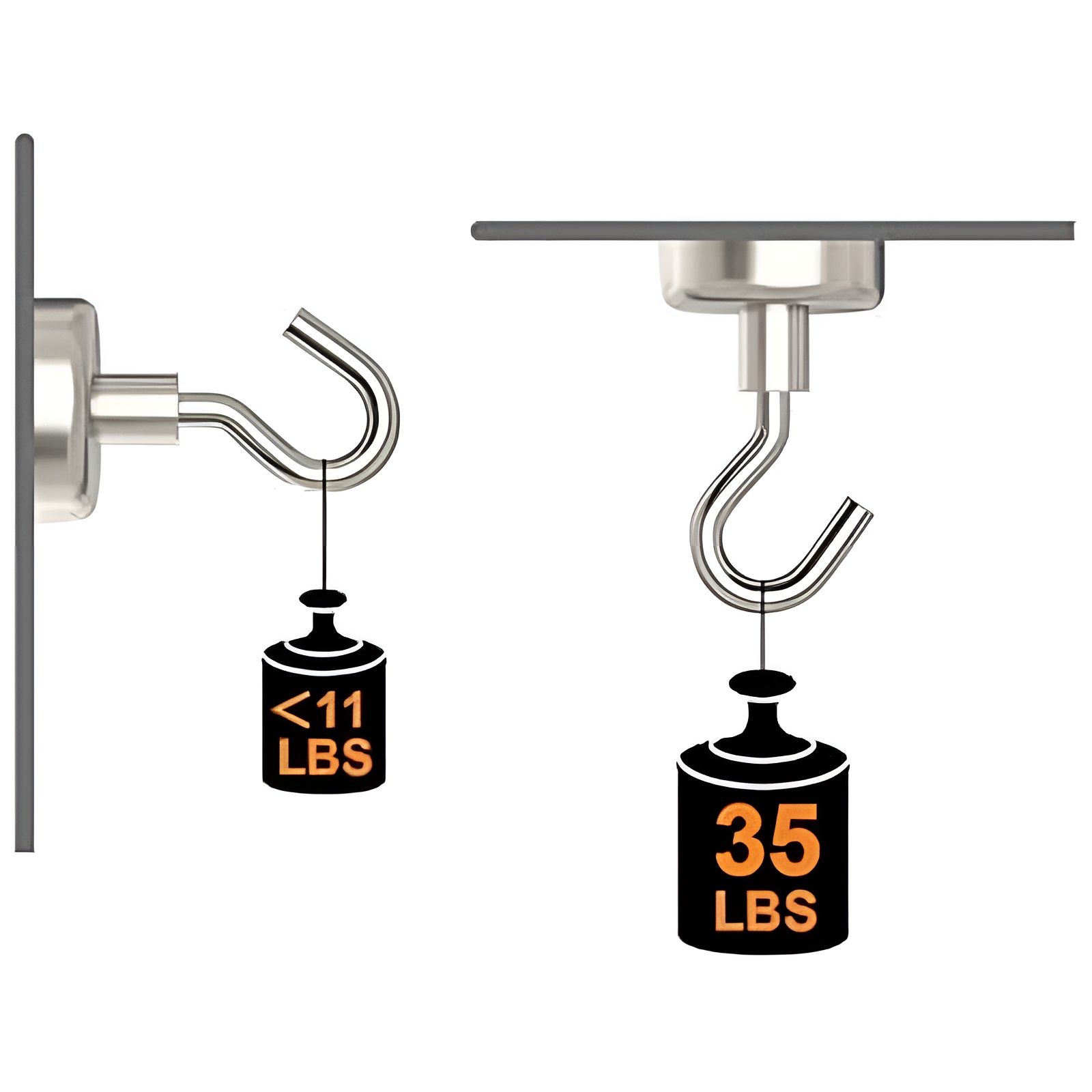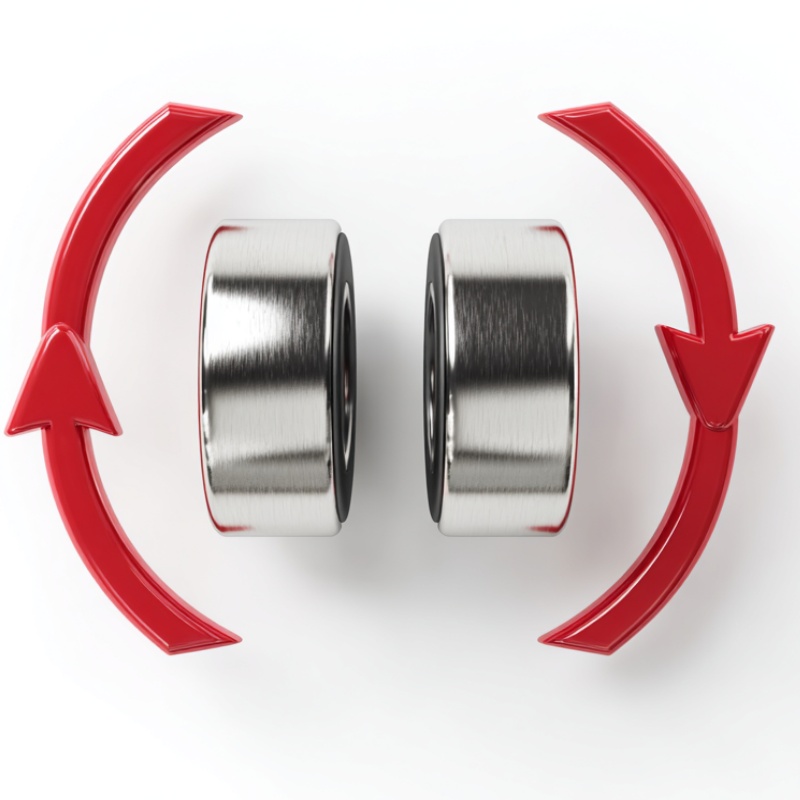 Hefei Super Electronics Co., Ltd.
Hefei Super Electronics Co., Ltd.
What Are You Looking For?
When evaluating neodymium magnets, buyers often focus on one number: pull. This figure, usually measured in kilograms or pounds, represents the direct tensile load the high pull strength ndefb magnet can withstand when attached to a flat, thick steel surface. While pull is useful, it's only part of the story. In real-world applications, magnets rarely operate in a perfectly straight line. Engineers must also consider torque, shear, and lateral load—factors that can make or break a design.
Shear Load: The Effect of Sliding Force
Shear forces occur when a magnet is subjected to pressure parallel to the surface it is attached to. Imagine a pot magnet holding a sign to a wall. The magnet's pull resists gravity, but the weight of the sign causes it to slide along the wall. In this case, the magnet's resistance is typically much lower than its rated pull. Surface friction, coating type, and the smoothness of the steel can all affect shear performance.

Lateral Load: Off-Center Applications
Lateral loads occur when the applied force is not directly about the magnet's central axis. For example, when a swivel neodymium magnetic hook is pulled at an angle rather than straight down, its effective holding force drops dramatically. Engineers should design clamps that minimize angular stresses to maintain secure performance.

Torque: The Rotational Challenge
Torque refers to the twisting force applied to a magnet. In assemblies where magnets are part of rotating machinery or hinges, torque is a critical factor. For example, a cylindrical magnet inserted into a housing can slip or rotate if torque isn't properly counteracted by mechanical constraints. Even a strong magnet can fail under rotational stress if torque isn't accounted for.

Why Buyers Should Focus on Factors Beyond Pull Force
A common mistake made by new buyers is assuming that a magnet rated for 50 kg of pull force will perform well under all conditions. In reality, magnets are highly sensitive to geometry, load direction, and surface finish. Even a carefully customized permanent neodymium magnet for one application may perform poorly or even fail in another application if the effects of shear, transverse forces, or torque are ignored.
Understanding torque, shear, and transverse forces can provide engineers and buyers with a more realistic understanding of magnet performance. Product selection should not rely solely on tensile strength data but also consider the specific loading conditions of the application. This way, both manufacturers and buyers can avoid costly mistakes, extend product life, and ensure safe and reliable performance.